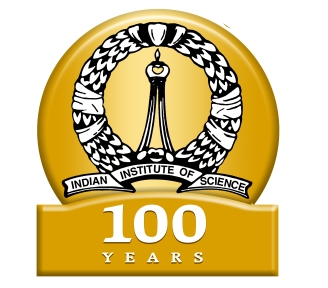Sreekantha, M. D. Subash Chandran, D. K. Mesta, G. R. Rao, K. V. Gururaja
and T. V. Ramachandra*
Energy and Wetlands Research Group, Centre for Ecological Sciences,
Indian Institute of Science, Bangalore 560 012, India
* For correspondence. (e-mail: cestvr@ces.iisc.ac.in)
The Western Ghats, one of the well-known biodiversity
hotspots of the world, harbours 289 species of freshwater
fish of which 119 are endemic. The ecosystems
in this region have been, over the past 150 years or so,
experiencing tumultuous changes due to the everincreasing
human impacts. In this regard, a study was
conducted in Sharavathi River, central Western Ghats
to understand fish species composition with respect to
landscape dynamics. The study, using a combination
of remote-sensing data as well as field investigations
shows that the streams having their catchments with
high levels of evergreenness and endemic tree species
of the Western Ghats were also richer in fish diversity
and endemism, compared to those catchments with
other kinds of vegetation. This illustrates that the
composition and distribution of fish species have a
strong association with the kind of terrestrial landscape
elements and the importance of landscape approach to
conservation and management of aquatic ecosystems.
Occurrence of endangered, endemic species and the
discovery of two new species of genus Schistura reaffirm
the ‘hottest hotspot’ status of the Western
Ghats, a repository of biological wealth of a rare kind,
both in its aquatic and terrestrial ecosystems.
Keywords : Endemism, fish fauna, land-use, landscape
elements, Sharavathi River basin, vegetation, Western Ghats.
![]()
CURRENT SCIENCE, VOL. 92, NO. 11, 10 JUNE 2007

